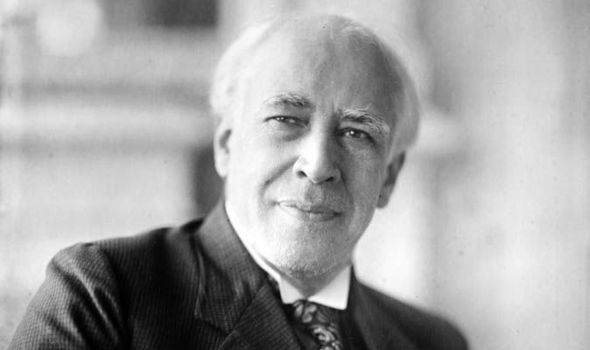What Are the 7 Stanislavski Questions?
(By Jim Webb)

(Konstantin Stanislavski)
Konstantin Stanislavski, the legendary Russian actor and director, revolutionized the way actors approach their craft. His system, known as the “Stanislavski Method,” focuses on creating authentic performances by deeply understanding a character’s motivations, emotions, and intentions. One of the key tools in this system is a series of questions that an actor must ask themselves when approaching their role. These questions guide the actor through the process of fully inhabiting their character and bringing truth to their performance.
The 7 Stanislavski Questions serve as a blueprint for actors to explore every aspect of their character’s psychological, emotional, and physical life. By answering these questions, actors can create a deeper connection to their role and craft a more nuanced and believable performance.
1. “What is my objective?”
The first and most fundamental question an actor must ask is: What does my character want? The objective refers to the character’s primary goal or desire in the scene or play. It could be something as simple as getting another character to agree to something or more complex, like seeking emotional redemption. The objective helps the actor understand what drives their character throughout the story.
Example: In Romeo and Juliet, Juliet’s objective could be to be with Romeo despite the forces that oppose them.
2. “Why do I want it?”
Once the actor identifies the objective, they must ask themselves why their character wants this goal. What are the underlying motivations or needs that fuel their desire? This question helps the actor explore the character’s backstory, emotional state, and personal stakes. The answer should reveal the deeper psychological reasons behind the character’s actions.
Example: Juliet may want to be with Romeo because she believes their love is pure, transcending the hatred between their families, and because she longs for a life free from familial conflict.
3. “How will I get it?”
The third question focuses on the tactics or strategies the character uses to achieve their objective. These are the actions, or “beats,” that the actor must identify in order to move the character toward their goal. Stanislavski emphasized that actors should avoid simply “performing” these actions—rather, they should react to the other characters and the environment in an organic way, in service of the character’s objective.
Example: Juliet might try to persuade her parents to accept Romeo, or she might secretly plan an elopement, depending on the situation and her emotional state.
4. “What is in my way?”
Every compelling story involves obstacles. This question forces the actor to recognize the external and internal conflicts standing between the character and their goal. These obstacles may come from other characters, societal norms, personal limitations, or external forces, such as time or environment. Understanding these barriers helps the actor create tension and urgency in their performance.
Example: In Romeo and Juliet, Juliet’s family feud with the Montagues is a significant obstacle to her relationship with Romeo.
5. “What do I feel about this situation?”
Stanislavski believed that a character’s emotional truth is essential to the performance. This question helps the actor delve into the emotional reaction their character has to the current moment, which will guide how they physically and emotionally respond to the unfolding events. It helps avoid a static or superficial portrayal by grounding the actor’s performance in real emotions.
Example: Juliet may feel anxiety, fear, and excitement when she plans to meet Romeo in secret, knowing that their love is forbidden.
6. “What do I want from the other character?”
This question directs the actor’s attention to the relationships with other characters and the dynamics at play. Actors must consider what their character desires from the other people in the scene. This can include love, respect, power, or simply a reaction. Understanding this question helps an actor engage meaningfully with their scene partners and create a more dynamic interaction.
Example: Juliet may want Romeo’s reassurance of his love, or she may want him to promise to marry her despite the dangers.
7. “What will happen if I don’t get what I want?”
The final question forces the actor to consider the consequences of their character’s failure to achieve their goal. This creates a sense of urgency and stakes in the performance. It helps the actor understand the character’s desperation and the emotional intensity that drives their actions. If the character fails, the emotional repercussions can be devastating, so the actor must fully understand what’s at stake.
Example: If Juliet is unable to marry Romeo or escape the confines of her family’s expectations, she may be forced into a life of misery and separation from the one she loves.
The 7 Stanislavski Questions are a powerful tool for actors, helping them build a comprehensive understanding of their characters and their motivations. By exploring each of these questions, actors are encouraged to move beyond surface-level performance and connect deeply with the emotional, psychological, and physical elements of their roles. This method not only enhances the authenticity of their portrayal but also enriches the storytelling by revealing the complex inner life of each character.



